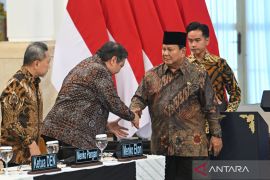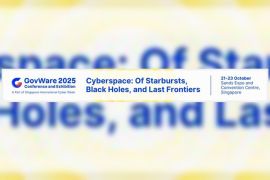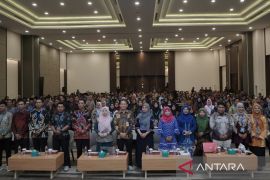TOKYO, Feb. 24 (ANTARA/Kyodo JBN - AsiaNet) --
Researchers at the RIKEN-MIT Center for Neural Circuit Genetics have discovered an answer to the long-standing mystery of how brain cells can both remember new memories while also maintaining older ones.
They found that specific neurons in a brain region called the dentate gyrus serve distinct roles in memory formation depending on whether the neural stem cells that produced them were of old versus young age.
The study will appear in the March 30 issue of Cell and links the cellular basis of memory formation to the birth of new neurons -- a finding that could unlock a new class of drug targets to treat memory disorders.
The findings also suggest that an imbalance between young and old neurons in the brain could disrupt normal memory formation during post-traumatic stress disorder (PTSD) and aging. "In animals, traumatic experiences and aging often lead to decline of the birth of new neurons in the dentate gyrus. In humans, recent studies found dentate gyrus dysfunction and related memory impairments during normal aging," said the study's senior author Susumu Tonegawa, 1987 Nobel Laureate and Director of the RIKEN-MIT Center.
Other authors include Toshiaki Nakashiba and researchers from the RIKEN-MIT Center and Picower Institute at MIT; the laboratory of Michael S. Fanselow at the University of California at Los Angeles; and the laboratory of Chris J. McBain at the National Institute of Child Health and Human Development.
In the study, the authors tested mice in two types of memory processes. Pattern separation is the process by which the brain distinguishes differences between similar events, like remembering two Madeleine cookies with different tastes. In contrast, pattern completion is used to recall detailed content of memories based on limited clues, like recalling who one was with when remembering the taste of the Madeleine cookies.
Pattern separation forms distinct new memories based on differences between experiences; pattern completion retrieves memories by detecting similarities. Individuals with brain injury or trauma may be unable to recall people they see every day. Others with PTSD are unable to forget terrible events. "Impaired pattern separation due to the loss of young neurons may shift the balance in favor of pattern completion, which may underlie recurrent traumatic memory recall observed in PTSD patients," Tonegawa said.
Neuroscientists have long thought these two opposing and potentially competing processes occur in different neural circuits. The dentate gyrus, a structure with remarkable plasticity within the nervous system and its role in conditions from depression to epilepsy to traumatic brain injury -- was thought to be engaged in pattern separation and the CA3 region in pattern completion. Instead, the MIT researchers found that dentate gyrus neurons may perform pattern separation or completion depending on the age of their cells.
The MIT researchers assessed pattern separation in mice who learned to distinguish between two similar but distinct chambers: one safe and the other associated with an unpleasant foot shock. To test their pattern completion abilities, the mice were given limited cues to escape a maze they had previously learned to negotiate. Normal mice were compared with mice lacking either young neurons or old neurons. The mice exhibited defects in pattern completion or separation depending on which set of neurons was removed.
"By studying mice genetically modified to block neuronal communication from old neurons -- or by wiping out their adult-born young neurons -- we found that old neurons were dispensable for pattern separation, whereas young neurons were required for it," co-author Toshiaki Nakashiba said. "Our data also demonstrated that mice devoid of old neurons were defective in pattern completion, suggesting that the balance between pattern separation and completion may be altered as a result of loss of old neurons."
The work was supported by the RIKEN-MIT Center for Neural Circuit Genetics, Howard Hughes Medical Institute, Otsuka Maryland Research Institute, Picower Foundation and the National Institutes of Health.
Source: RIKEN Brain Science Institute
Contact:
Susumu Tonegawa
RIKEN-MIT Center for Neural Circuit Genetics (CNCG) at The Picower Institute for Learning and Memory, Department of Biology and Department of Brain and Cognitive Sciences, Massachusetts Institute of Technology, Cambridge, MA 02139, USA
Tel: +1-617-253-6459
Brain Science Promotion Division
RIKEN
Mariko Irie
Tel: +81-48-467-9757
Fax: +81-48-462-4914
Email:pr@brain.riken.jp
Global Relations Office
RIKEN
Tel: +81-48-462-1225
Fax: +81-48-463-3687
Email: koho@riken.jp
Editor: PR Wire
Copyright © ANTARA 2012









